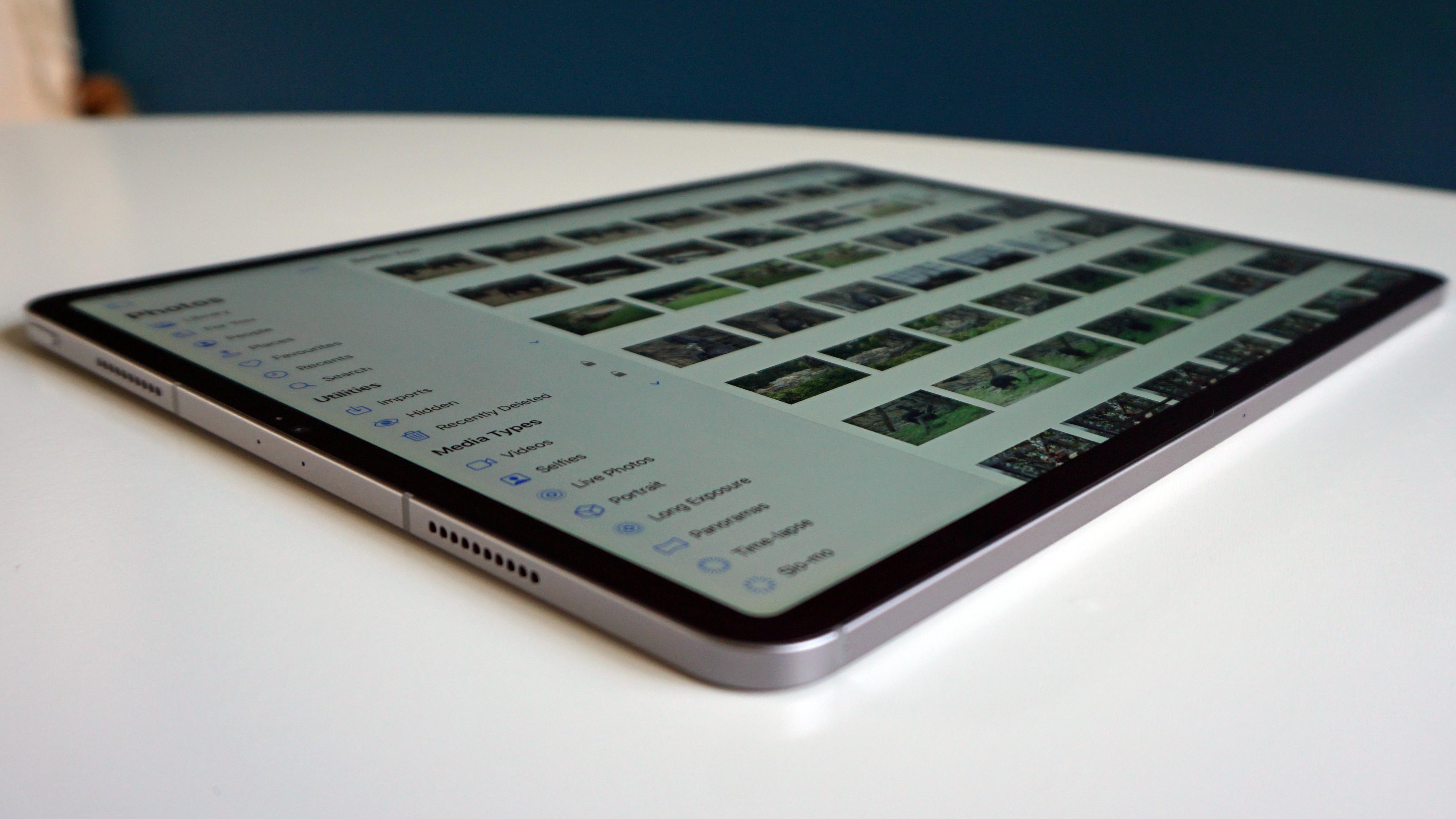[ad_1]
For as much as Apple hyped up the mini-LED screen used by the iPad Pro 12.9 (2022), the fact is that in many ways this isn’t as good as the OLED displays that were already found on numerous rival tablets. But finally it looks like Apple won’t just catch up, but overtake the competition.
This is according to Ross Young, a leaker and display supply chain expert who claims (via 9to5Mac) that the iPad Pro 2024 will have “by far the best OLED tablet panels on the market with LTPO, 120Hz refresh, a tandem stack and glass thinning resulting in ultra-thin and light displays with high brightness, extended battery life and long lifetime.”
Now, the presence of a 120Hz refresh rate and LTPO (which will likely mean it can drop as low as 1Hz when a high refresh rate isn’t needed) are no surprise, since current iPad Pro models already have 1Hz-120Hz refresh rates.
It has also long been rumored that Apple will be switching the iPad Pro line to OLED displays. But it’s the “tandem stack” that’s really exciting here, as that means there are two emission layers, which doubles the brightness compared to standard OLED screens. This feature also extends the lifetime of the screen.
Coupled with the apparently “extended battery” life and them being thinner and lighter (which could make the resulting tablet thinner and lighter too), this all sounds like a huge upgrade on the LCD and mini-LED panels Apple is currently using on its tablets, as well as probably being an improvement on the OLED panels used by the likes of the Samsung Galaxy Tab S9.
OLED, for what it’s worth, uses individually lit pixels, whereas as LCD and mini-LED rely on a backlight. The lack of a backlight with OLED allows for better contrast and deeper blacks, but OLED screens can’t get as bright as LCD ones. The apparently doubled brightness here though should largely mitigate that issue.

From screens to silicon
And it isn’t just the screen that might beat the competition, as it looks increasingly likely that the iPad Pro 2024 will have an as yet unannounced M4 chipset, which would likely make it the most powerful tablet on the planet too.
Recently, Mark Gurman claimed in his Bloomberg newsletter that the iPad Pro 2024 might have this chipset. Now 9to5Mac has presented more evidence for this, with the site noting that in some iPad Pro 2024 identifiers found in a recent iPadOS 17.5 beta, versions of the slate are referred to as the ‘iPad16,3’, ‘iPad16,4’, ‘iPad16,5’, and ‘iPad16,6.’
The ’16’ is the important bit here, because Apple’s M1-powered slates have ‘iPad13,x’ identifiers, and M2 ones use ’14’. So logically M3 would use ’15’, and M4 would use ’16’, as seen here.
On top of which, the site adds that a private X account claimed the iPad Pro would use a ‘T8132′ chip. Now, that’s an unknown identifier, but the M3 is the T8122, and the M2 is the T8112. So again, the move to ’32’ at the end would logically mean the M4. In which case, the iPad Pro 2024 could be even more powerful than many of Apple’s Macs, which use older M3 chipsets and below.
Exactly how good the iPad Pro 2024’s screen and chipset will be remains to be seen of course, as this is all just rumors for now. But the main sources are credible, and we should find out soon, as we’re expecting Apple to announce this slate alongside the iPad Air 6, at the next Apple event on May 7.
You might also like
[ad_2]
Source Article Link

